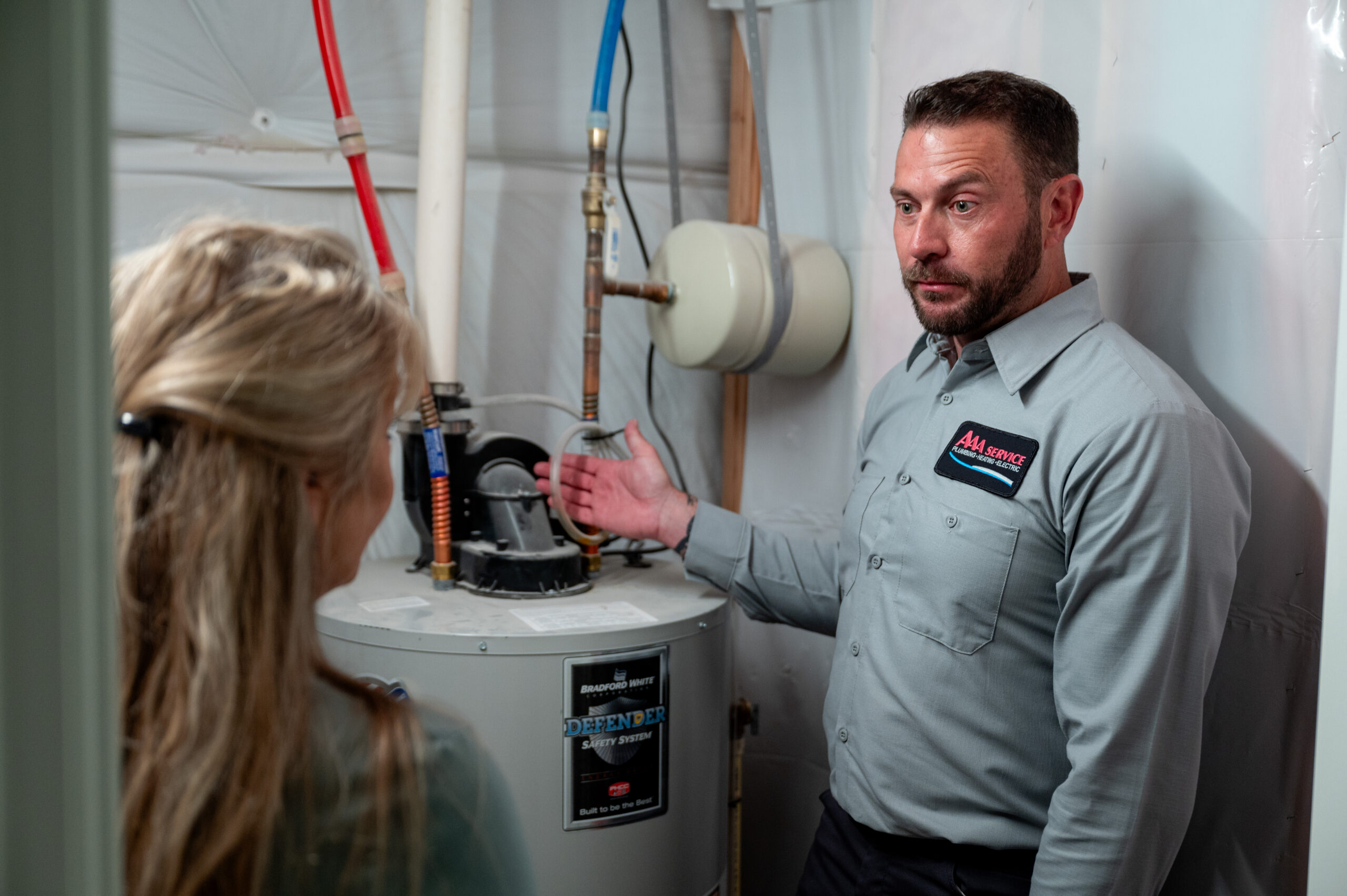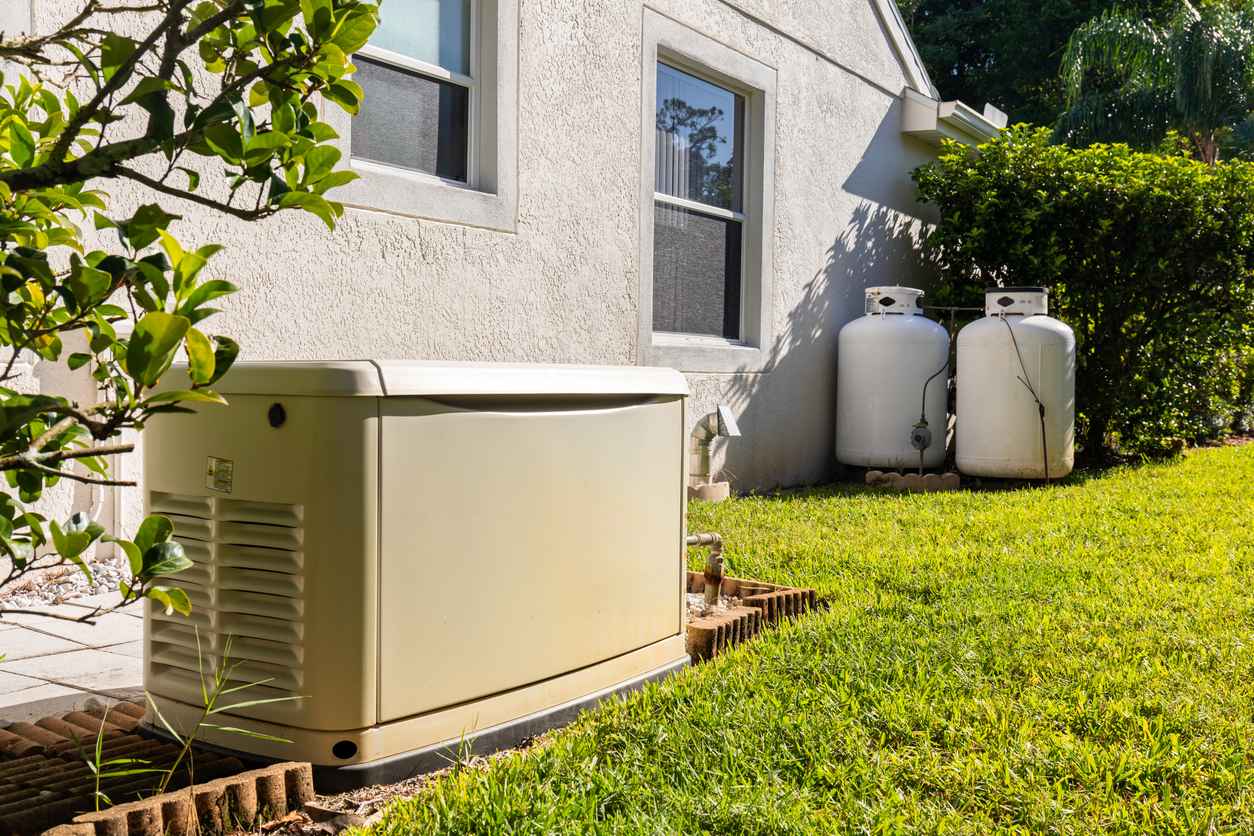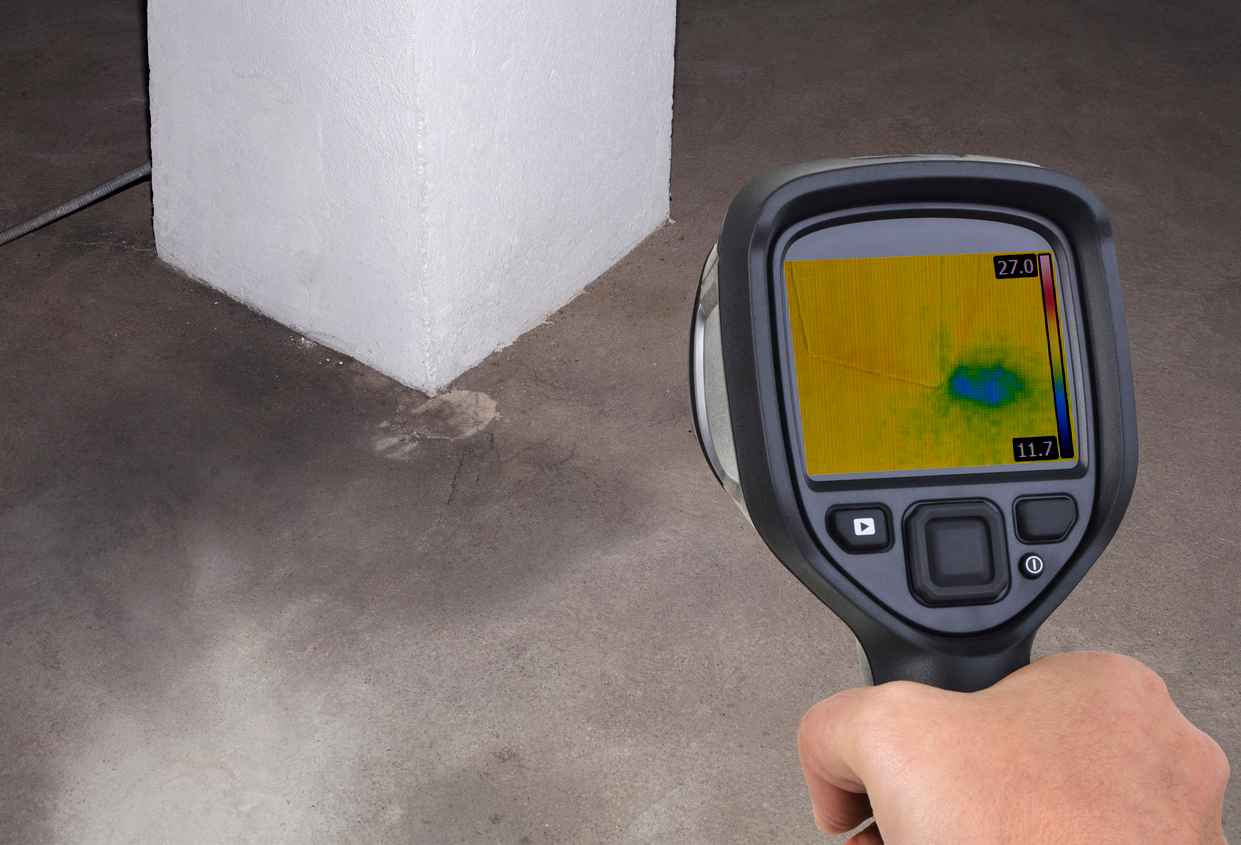4.8 Google Rating

How to Flush a Water Heater
Your water heater works tirelessly behind the scenes, providing warm showers and hot water for various household tasks. However, over time, sediment and mineral buildup can accumulate in the tank, compromising its efficiency and longevity. If you’ve ever wondered how to keep your water heater in top-notch condition, you’re in the right place.
AAA Service Plumbing, Heating & Electric is going to walk you through the essential steps on how to flush a water heater, ensuring that your appliance operates at peak performance. From the tools you’ll need to the detailed process of flushing out sediment, we’ve got you covered. Say goodbye to lukewarm showers and hello to an optimally functioning water heater.
Why is it Important to Flush Your Water Heater?
Flushing your water heater is a crucial maintenance task that often goes overlooked. Here’s why it’s important:
Remove Sediment Buildup
Over time, sediment, minerals, and debris settle at the bottom of the water heater tank. This accumulation can reduce the heater’s efficiency, making it work harder and consume more energy to heat the water.
Prevent Corrosion
Sediment buildup not only affects heating efficiency but can also contribute to corrosion inside the tank. Flushing helps remove corrosive elements, extending the lifespan of your water heater.
Maintain Heating Efficiency
A layer of sediment acts as insulation, forcing the heating element to work harder to heat the water. Flushing eliminates this insulating layer, allowing the heater to operate at its intended efficiency and reducing energy consumption.
Preserve Water Quality
Sediment in the water heater can affect the quality of the water. Flushing helps maintain clean and clear water, preventing any unpleasant odors or tastes caused by accumulated debris.
Avoid System Failures
Neglecting water heater maintenance, including flushing, can lead to system failures. Sediment accumulation can cause overheating, pressure issues, and even tank failure. Flushing is a preventive measure to avoid costly repairs or replacements.
Steps to Flush Your Water Heater
Flushing your water heater is a straightforward process that can significantly improve its efficiency and lifespan. Here are the steps to guide you through the flushing procedure:
- Turn Off the Water Heater: Switch off the power supply to the water heater. For electric heaters, flip the circuit breaker, and for gas heaters, set the thermostat to the “Pilot” position.
- Prepare Your Tools: Gather the necessary tools and materials, including a garden hose, screwdriver, gloves, and a bucket.
- Connect the Hose: Attach one end of the garden hose to the drain valve at the bottom of the water heater. Place the other end in a floor drain, utility sink, or outside where the hot water won’t cause damage.
- Open Hot Water Faucets: Turn on a hot water faucet in your home to allow air to enter the system and help with the draining process.
- Test the Pressure Relief Valve: Lift the pressure relief valve on the water heater to release pressure in the tank. Be cautious, as hot water will be released.
- Drain the Tank: Open the drain valve on the water heater to allow water to flow out through the attached hose. Be patient, as this process may take some time. Monitor the water in the bucket for sediment and debris.
- Flush Until Clear: Continue draining the tank until the water runs clear, indicating that sediment has been effectively flushed out. You can use a flashlight to inspect the water for any remaining particles.
- Close the Drain Valve: Once the water runs clear, close the drain valve tightly. Ensure there are no leaks around the valve.
- Close the Faucet: Turn off the hot water faucet you opened earlier.
- Refill the Tank: Turn on the water supply to the heater and allow the tank to refill. Keep the hot water faucet open until a steady stream of water flows, indicating that the air is purged from the system.
- Restore the Power: For electric heaters, restore power by flipping the circuit breaker. For gas heaters, set the thermostat back to your desired temperature.
By following these steps, you can ensure a successful water heater flush, promoting efficiency and prolonging the life of your appliance.
Water Heater Services in the Denver Metro Area
AAA Service Plumbing, Heating & Electric’s dedicated team is committed to ensuring your water heater operates at peak efficiency, providing reliable hot water for your home. From routine maintenance to addressing complex issues, trust AAA Service for excellence in plumbing, heating, and electric services. Experience comfort and peace of mind with our expertise at your service. Contact us today to learn more.





